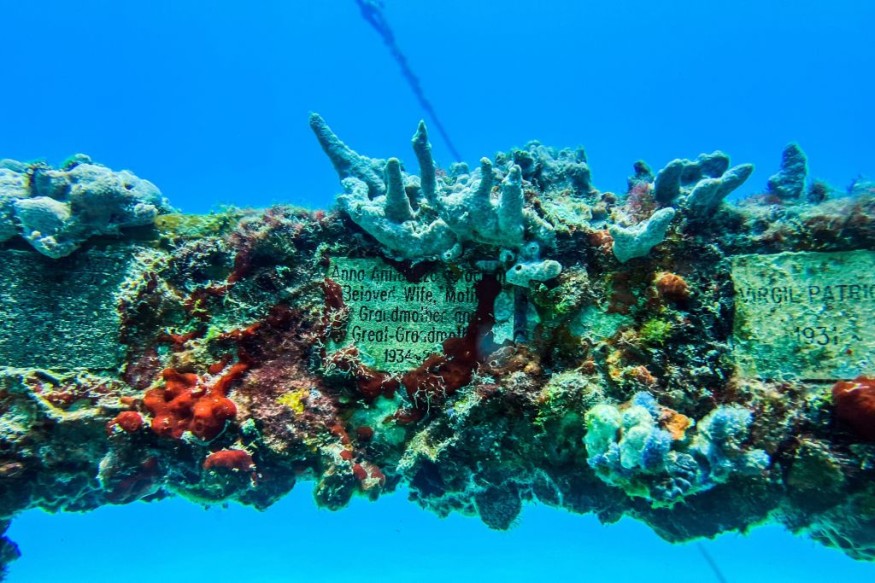
Two deadly deep-sea animals were sighted near Besant Nagar: the Blue Sea Dragon, a nudibranch, and the Blue Buttons, which resemble button-shaped polyp colonies.
Sea Species
Many dead and some alive of these two deep-sea species were washed ashore, according to Chennai resident and Environmentalist Foundation of India member Srivatsan Ramkumar.
"Hundreds of them had washed ashore between the broken bridge and the Ashtalakshmi temple stretch of the beach. While a large number of them were dead, I spotted some Blue Sea Dragons and Blue Button, which were alive," he added.
Experts said that the Blue Buttons are actually colonies of tiny predators called hydroids, which are sometimes mistaken for single organisms because of their striking similarity to jellyfish. Together, they are a cohesive unit that usually floats passively over the water, serving essential functions such as stinging, feeding, and protecting themselves from predators.
The Blue Sea Dragon, which usually lives in the deep oceans, is an incredibly uncommon sight. Its alluring look and dual camouflage ability-using the silver side against the dazzling surface of the water and the blue side against the color of the ocean-add to its mystique.
The sighting was unusual since these creatures typically live in deep water and are rarely spotted on beaches.
On rare occasions, observers may sight these dragons in formations dubbed "blue fleets," which are rather impressive.
Public Warned
The sighting came following 48 hours of 60 centimeters of rain from Cyclone Michaung, which caused flooding in Tamil Nadu's capital.
After the floods, the city also had a significant industrial oil spill. It is still unclear at this time whether the sightings were connected to that in any way.
Since both of these animals are capable of venom, the public's safety has been questioned in light of these latest observations of experts.
Prashanth E., the wildlife warden of the Tamil Nadu Forest Department, gave an advice not to touch the said species.
"After cyclonic disturbances, flushing of the sea bed is a common occurrence. On Chennai's shore, spotting blue sea dragons is not a regular occurrence, but they do show up once in a while. It is best not to touch them," he stressed.
However, VS Chandrasekaran, retired Principal Scientist of the Central Institute of Brackishwater Aquaculture (CIBA), said neither of the two spotted species' venom is deadly.
The Blue Sea Dragon retains venom from various organisms, including the Portuguese man'o war, a distinct jellyfish species, in order to sting other entities that come into contact.
"Local fishers refer to these jellyfish kinds of organisms as Sori because they cause skin irritation, rashes and pain. It is best to not touch them even though their venom isn't lethal," he said.
He went on to say that if the organisms linger on the coast any longer, they will perish due to dehydration because they cannot withstand the daytime temperatures on the shore.
Related Article : Why Do Deep-Sea Creatures Evolve Into Giants?
© 2025 NatureWorldNews.com All rights reserved. Do not reproduce without permission.





